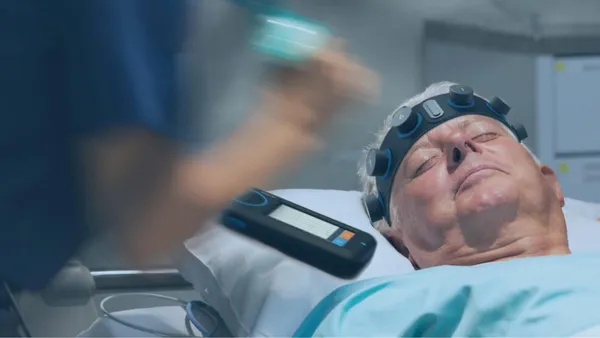Dive Brief:
-
FDA is set to combine four device offices into one "super office" that tracks products throughout their life cycles.
-
The reorganization of the Center for Devices and Radiological Health is underpinned by a belief that FDA needs to breakdown existing silos to become more efficient.
-
FDA will start the reorganization next Monday and aims to complete the changes, including the integration of its pre and postmarket teams, by the end of September.
Dive Insight:
CDRH is now split up into offices that focus on different stages of the life cycle of medical devices. Employees at the Office of Device Evaluation and their peers in the in vitro diagnostic unit handle premarket approvals and notifications but have less involvement once products come to market. At that stage, FDA staff at the compliance and surveillance offices take over.
The model has enabled FDA employees to specialize by function but it comes with some downsides. Notably, the premarket teams gain considerable knowledge about products before clearing them for use but are then cut off from the groups that ensure their continued safety and effectiveness.
That limitation and others have been seen as tolerable tradeoffs to achieve the benefits of function specialization. However, the acceptability of the tradeoff has changed in recent years as the need to effectively regulate what FDA calls "the continuously evolving innovation of medical devices" has put strains on the siloed model.
Through the reorganization, FDA will instead divide staff up on a product basis. Teams within the "super office," officially called the Office of Product Evaluation and Quality (OPEQ), will deal with pre and postmarket activities for certain types of product. FDA thinks the new model will improve communication and thereby result in more efficient regulation across the device life cycle.
The agency has some evidence to back up that belief. Discussions about a possible reorganization began several years ago, leading in June to a pilot evaluation of a more integrated approach involving three FDA offices.
The reorganization is a much bigger commitment to the product-orientated approach than the pilot, though. In addition to replacing four existing offices with OPEQ, FDA will also establish the Office of Policy and the Office of Strategic Partnerships and Technological Innovation, the latter of which will take on FDA's digital health and health informatics activities. The Office of Management and Office of Communication and Education will survive the reorganization but undergo internal changes.
FDA will begin making these changes on Monday, March 18, with a view to completing the reorganization by the end of September. Over that period, the planned changes will occur in phases. FDA plans to update its contact information as the reorganization progresses and is advising industry to check its management directory for details.










